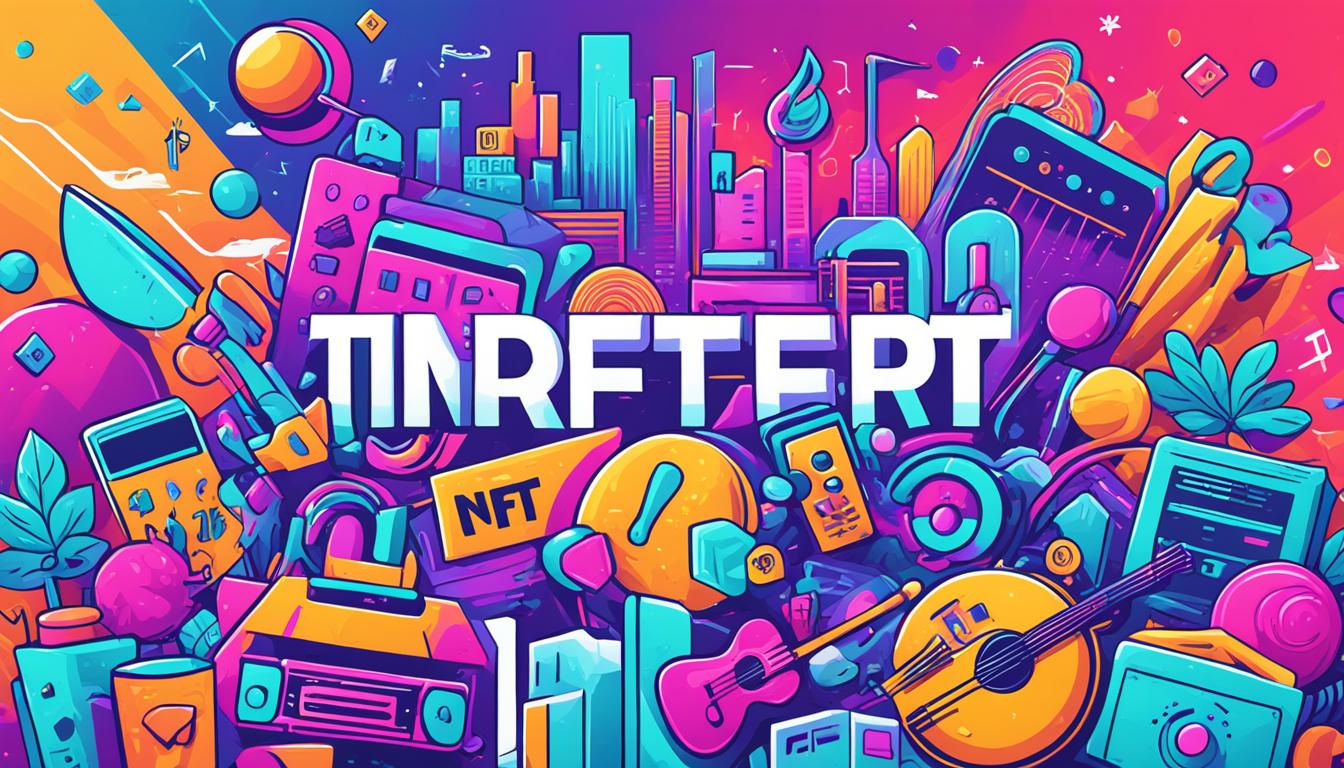Blog2Blog
Exploring Cryptocurrency and NFTs: A Beginner's Guide
Hey guys, welcome to this maximum ride that is all about cryptocurrency and non-fungible tokens (NFTs). At first, we shall investigate these digital possessions. Moreover, we will give an explanation on blockchain technology and how decentralized finance and tokenization are reshaping the industries.
If you are a beginner in cryptocurrency or if you want to have a clearer understanding about it, then this guide shall cater for you. This can be viewed as a solid foundation toward understanding digital ownership and smart contracts. We would talk on various issues ranging from crypto wallets through mining NFTs then decentralized apps so that one can make his choices while investing in these new paradigms.

Understanding Cryptocurrency and Blockchain Technology
Cryptocurrency is a newly introduced type of digital currency that has attracted significant popularity in recent times. It is unique from fiat currencies as there is no regulation or control over them by any governing body. Instead, a broad collection of people use it and furthermore monitors all the transaction processes using its special kind of register called blockchain.
What Is Cryptocurrency?
A type of digital currency known as cryptocurrency uses secret codes to secure transactions. It does not depend on banks or intermediaries for its operations which mean transactions are fast, secure and transparent. Many people use Bitcoin and Etherum as popular cryptocurrency that is widely used by people worldwide.
How Does Cryptocurrency Work?
Cryptocurrency relies on a blockchain to function. Blockchain is an incorruptible, open access and secure ledger for all financial transactions. Whenever there’s a transaction in the network, it must be checked by machines prior to adding it onto the blockchain. For their efforts these machines are compensated with more coins of the same kind.
What Is Blockchain Technology?
Cryptocurrency relies heavily on the use of blockchain technology. Blockchains serve as digital ledgers that disseminate records of all transactions across multiple devices or computers. Each block in the chain contains numerous transactions and inclusion of any additional transaction updates the ledgers belonging to other users. In this way, it is made secure against piracy by hackers.
| Feature | Explanation |
|---|---|
| Decentralization | Blockchain is a decentralized system, meaning it is not controlled by any single entity or authority. |
| Transparency | All transactions on the blockchain are publicly visible and verifiable, enhancing transparency. |
| Security | The blockchain is highly secure, as each transaction is verified and recorded in a secure, tamper-resistant manner. |
| Efficiency | Blockchain technology can streamline and automate various processes, leading to increased efficiency and reduced costs. |

Navigating the World of Non-Fungible Tokens (NFTs)
Advent of NFTs has greatly changed the digital space with creators, collectors and investors showing interest in these valuable digital assets. Essentially, these tokens represent distinct online items which are held by a blockchain. Consequently, they have redefined our perception of possession and worth in relation to cyberspace assets.
What Are NFTs?
Advent of NFTs has greatly changed the digital space with creators, collectors and investors showing interest in these valuable digital assets. Essentially, these tokens represent distinct online items which are held by a blockchain. Consequently, they have redefined our perception of possession and worth in relation to cyberspace assets.
Types of NFTs
NFTs are growing in many ways, changing how we see and value digital stuff. Here are some main types of NFTs:
- Digital Art and Collectibles: NFTs let digital artists sell their work as unique, proven digital items.
- Virtual Real Estate: You can own and trade virtual properties in the metaverse with NFTs, opening new investment doors.
- Gaming Assets: In-game items like characters and virtual land can be NFTs, letting players own and trade them.
- Intellectual Property: NFTs can be rights to digital stuff like music, videos, or social media posts, making them tradable.

| NFT Type | Description | Examples |
|---|---|---|
| Digital Art and Collectibles | NFTs that represent unique digital artworks, including paintings, sculptures, and other forms of digital art. | CryptoPunks, Beeple's "Everydays: The First 5000 Days", Nyan Cat |
| Virtual Real Estate | NFTs that represent ownership of virtual land or properties within metaverse environments. | Decentraland, The Sandbox, Somnium Space |
| Gaming Assets | NFTs that represent in-game items, such as characters, weapons, or virtual land, that can be owned and traded by players. | Axie Infinity, Gods Unchained, CryptoKitties |
| Intellectual Property | NFTs that represent the rights to digital content, such as music, videos, or social media posts. | Kings of Leon's "When You See Yourself" album, Jack Dorsey's first tweet |
Conclusion
This guide has taken you on a journey through the world of cryptocurrencies and non-fungible tokens (NFTs). These are changing our perception regarding digital assets. In this discussion, we have touched upon the fundamentals of cryptocurrency and blockchain, particularly how NFTs operate. So now that you know about these digital currencies let’s dive into them. Cryptocurrency as well as non-fungible tokens are dynamic fields. They create numerous opportunities for creators, market participants, and innovators. Becoming current with these developments puts you at the forefront of digital ownership and innovation. Crypto and NFTs that use blockchain technology unlock new avenues for investment and creativity. Keeping up with changes in crypto including NFTs will expose you to fresh ideas that can alter your life forever. Be the front-runner when it comes to this technological age where everything is turning digital or may be surrounding houses like food & wine.